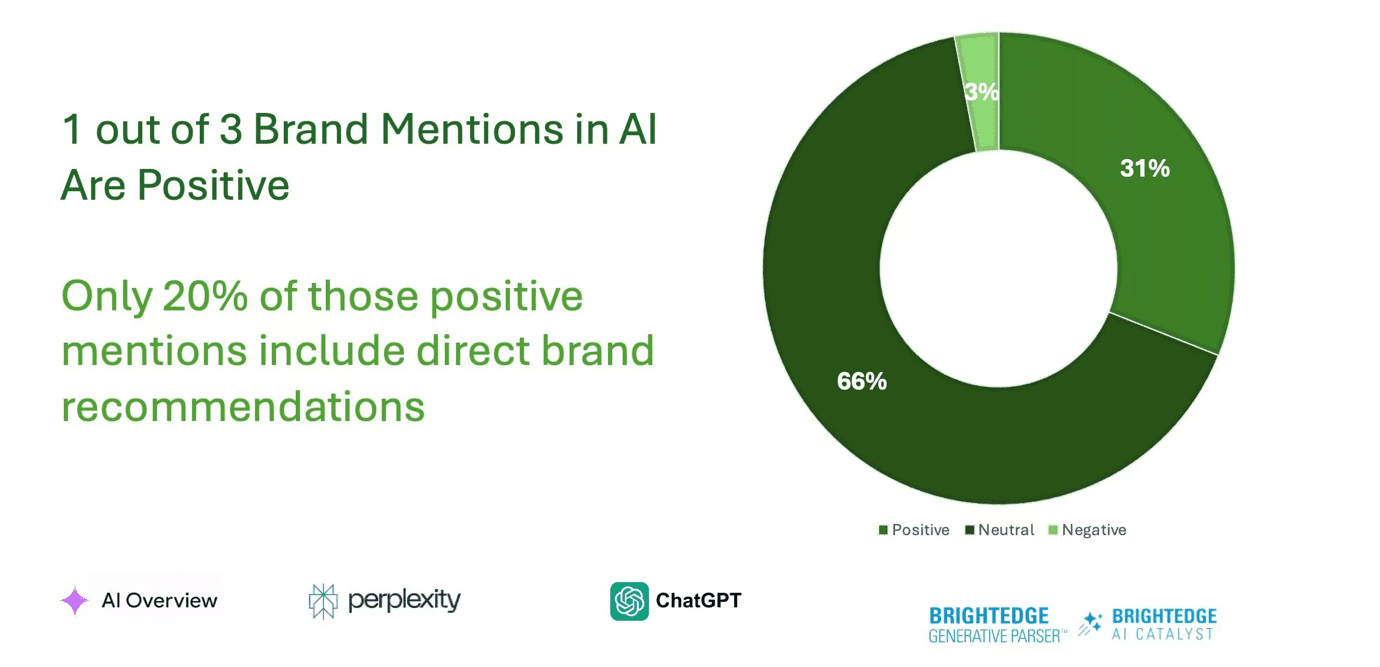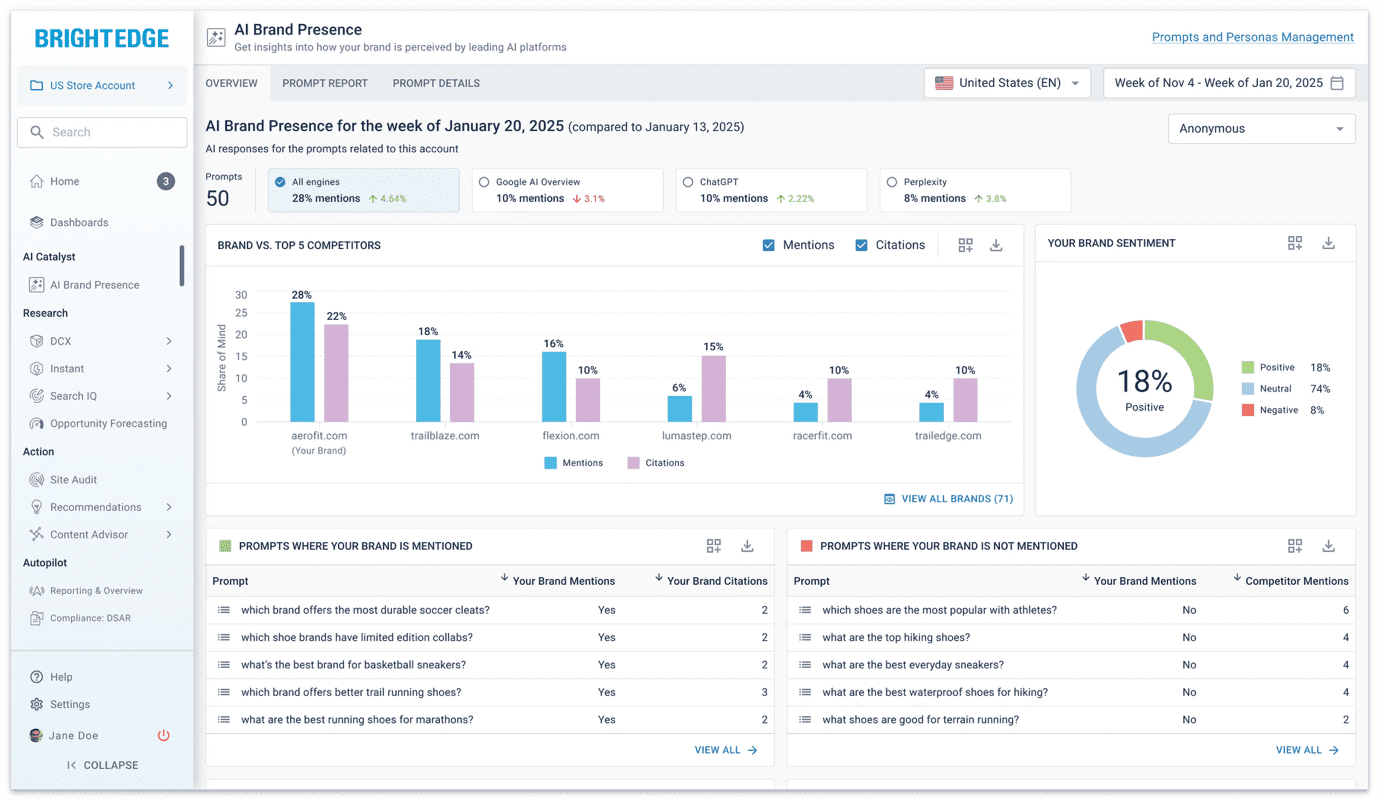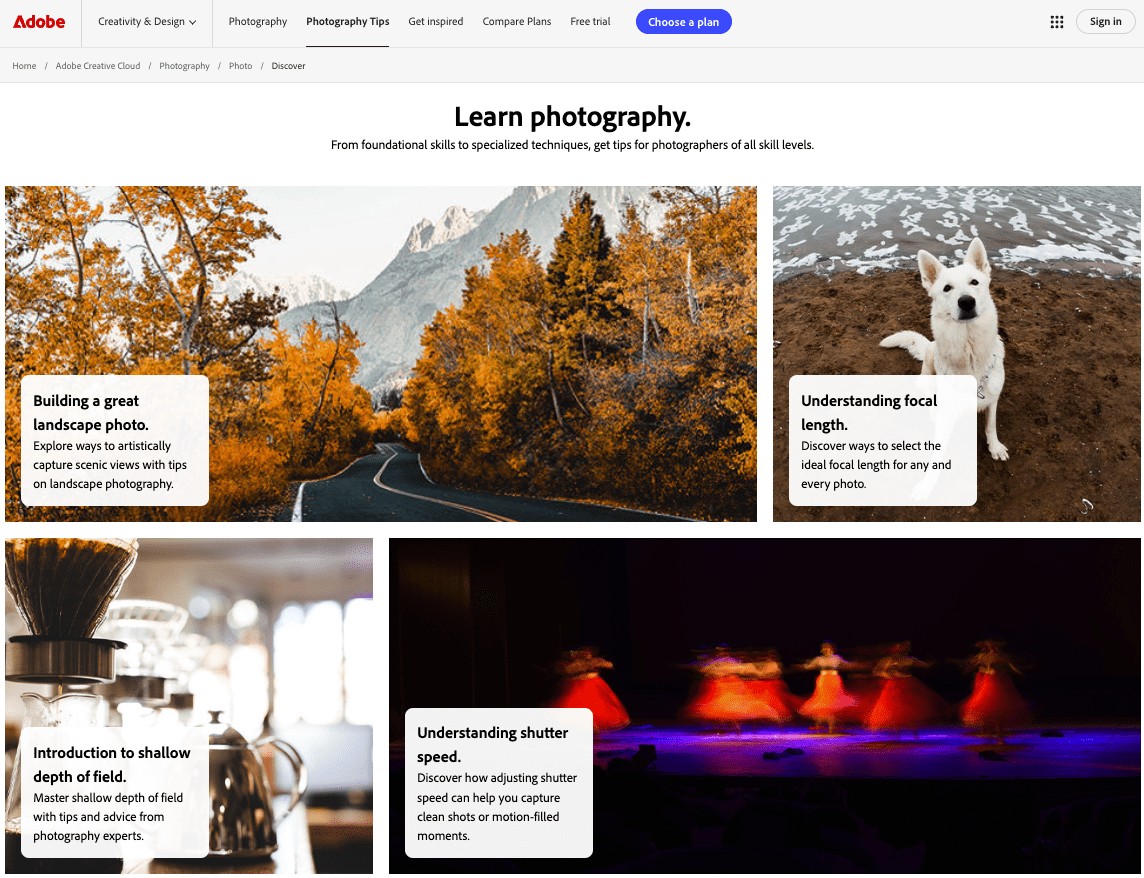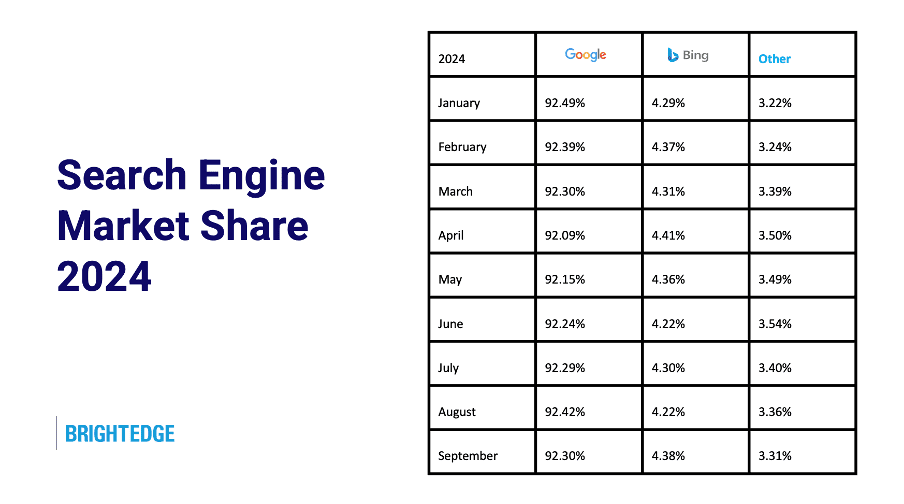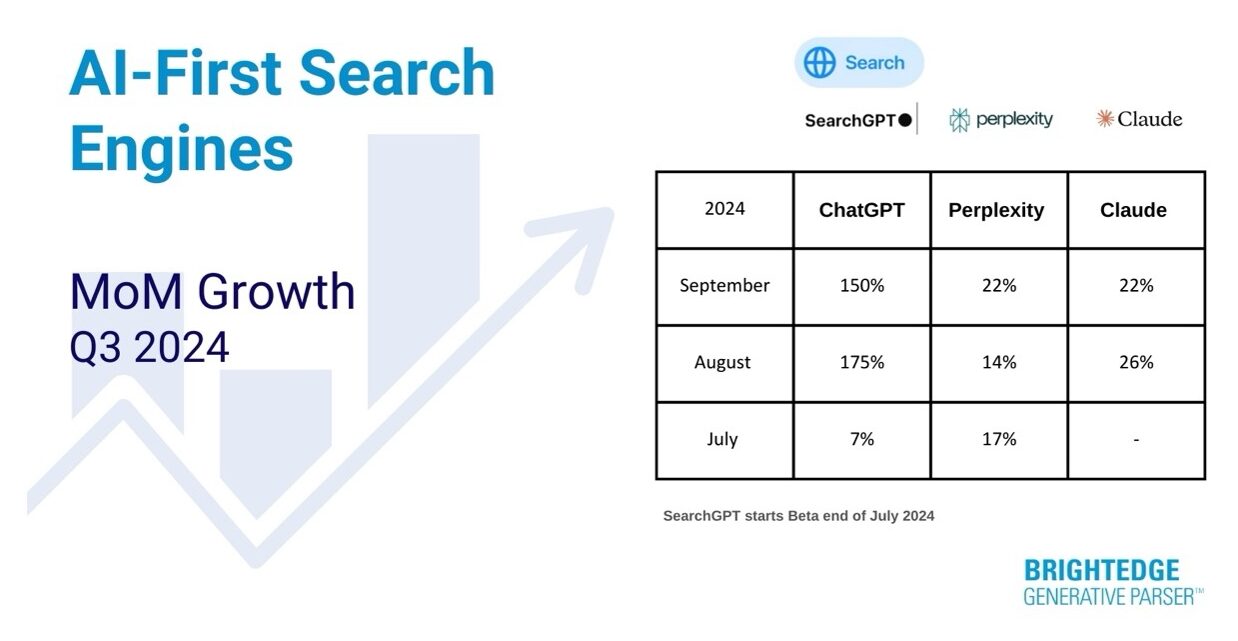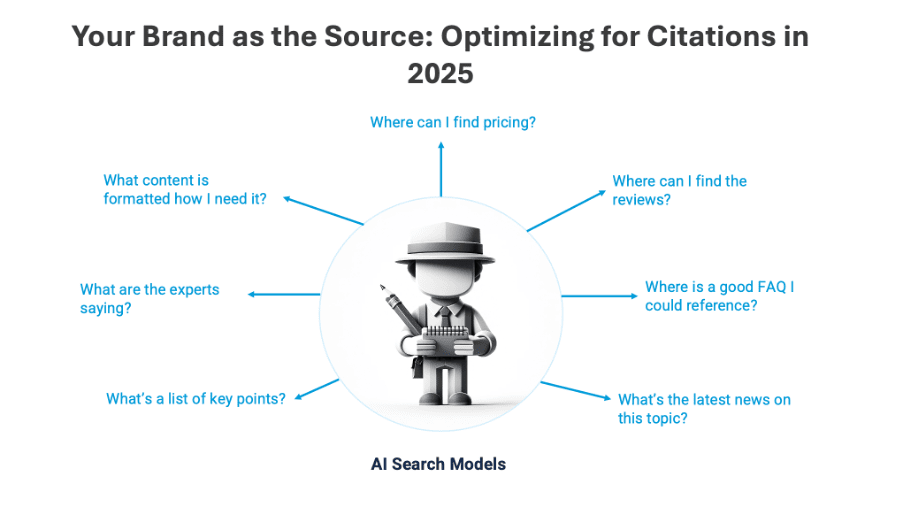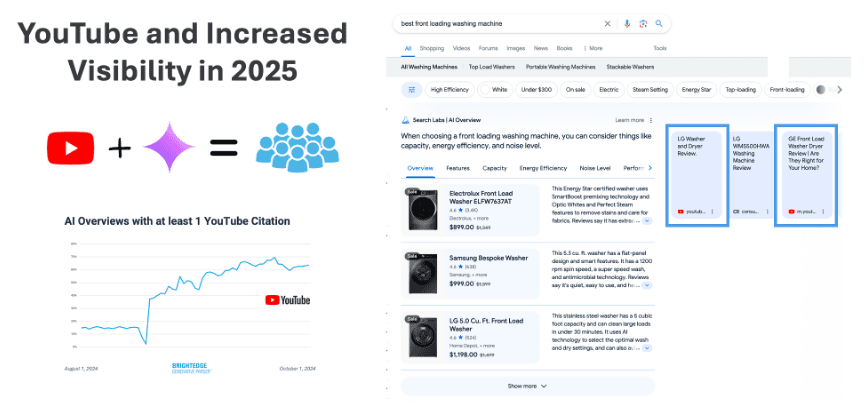The 5 Hidden Organizational Forces That Undermine Enterprise SEO via @sejournal, @billhunt

If you’ve read “From Line Item to Leverage” or “Who Owns Web Performance?,” you know I’ve argued that enterprise SEO failures are rarely due to incompetence or lack of effort. The playbook is known. The teams are capable. The opportunity is massive. Yet results often stall or underdeliver.
Why?
Because the real problem isn’t only technical, it’s organizational. The website might be modern, the content fresh, and the SEO team skilled. But underneath the surface, hidden forces are quietly undermining performance: political turf wars, outdated workflows, key performance indicator (KPI) misalignment, and siloed ownership.
These aren’t bugs in the system. They’re features of how many organizations operate. Until we confront them, no amount of tactical SEO or any of the current alphabet soup of AI optimization schemes will produce strategic outcomes.
Across hundreds of enterprise search performance audits, I have found these five forces are the biggest blockers of SEO progress, not crawl errors or content gaps.
Force 1: Structural Silos And The Fallacy Of Distributed Ownership
Many enterprises have convinced themselves that “distributed ownership” is modern and empowering. But when everyone owns the website, no one is accountable for outcomes. Product owns UX. Brand owns messaging. IT owns the CMS. SEO owns … what exactly?
The result is fragmented decision-making and reactive prioritization. Optimization becomes an endless round of ticket submission and compromise. Big problems fall through the cracks because no single person is tasked with connecting the dots.
In “Who Owns Web Performance?,” I broke down the dangers of this model – and the alternative: centralized digital accountability with clear authority to align stakeholders and drive performance.
Force 2: Incentive Misalignment And The KPI Trap
Most enterprise teams aren’t incentivized to care about organic search performance. Developers are measured on delivery speed. Content teams are judged on brand tone. Paid media is chasing return on ad spend (ROAS).
This is the classic KPI trap: When each team optimizes for its success metrics, no one is accountable for shared business outcomes. The result? Collaboration stalls, priorities diverge, and high-impact opportunities like SEO fall through the cracks, not because teams aren’t trying, but because the system pulls them in different directions.
This creates massive opportunity costs. Even when teams want to collaborate, their KPIs pull them in different directions. Without shared goals and visibility, SEO becomes a bottleneck rather than a multiplier.
Force 3: Political Gatekeeping And Departmental Turf Wars
Let’s say the SEO team identifies a technical issue that’s hurting crawlability. They submit a ticket. Nothing happens. Why?
Because the dev team has a different backlog and a different boss.
SEO often finds itself in the middle, lacking the priority, budget, or political capital to push changes through. Decisions are filtered through layers of management that prioritize their own fiefdoms over collective outcomes.
This isn’t personal. It’s structural. But it kills velocity.
We need executive air cover. Someone who sees digital performance as a cross-functional mandate that directly impacts the bottom line, and not a side hustle for marketing.
Force 4: Change Aversion Masquerading As Process
How often have you heard this: “That’s not how we do things?”
It sounds like a process, but it’s really fear. Fear of change, fear of accountability, fear of being wrong.
Enterprise inertia is real. Established brands often cling to workflows that were optimized for a different era – print, events, old-school PR. SEO’s iterative, fast-moving nature clashes with these cycles. That friction slows everything down.
If your content takes six weeks to publish and two months to update a template, you’re not playing the same game as Google.
Force 5: The Devaluation Of Web As A Strategic Channel
Too many executive teams still view the website as a marketing brochure. Something the CMO owns and the IT team maintains.
But as argued in “Closing the Digital Performance Gap,” the website is now a strategic revenue engine, support channel, and trust platform. It’s the digital front door and the only channel you fully control.
When leadership doesn’t treat it that way, performance suffers. Investments are piecemeal. Priorities are reactive. And talent leaves because they’re stuck defending the basics.
Case In Point: When All 5 Forces Collide
At Hreflang Builder, I worked with a large CPG company that had identified a $25 million monthly cross-market cannibalization problem across more than a dozen brands. The culprit? Poor implementation of hreflang elements. Due to different content management systems and web structures, hreflang XML sitemaps were the only option for them.
They had tried to solve the cannibalization problem, but the organization’s decentralized structure made it nearly impossible. Regional development teams, a patchwork of digital agencies, and siloed market ownership meant no one had end-to-end control.
The internal process was a nightmare: 60+ days to make a simple XML sitemap change, with hreflang page alternates maintained manually in Excel files. One-third of the URLs were invalid. Markets weren’t notified of new pages. Updates require submitting support tickets to an already backlogged IT queue.
Let’s connect the dots:
- Silos (Force 1): Each region wanted its own solution, even though this was a global requirement. No one entity owned the problem.
- KPI Misalignment (Force 2): Despite measurable cannibalization, SEO fixes weren’t prioritized because they didn’t map to short-term KPIs.
- Political Turf Wars (Force 3): IT didn’t want to license an external solution nor take responsibility for building an internal solution. The global SEO team wanted a commercial solution. Local teams demanded local control or their agency to manage it.
- Change Aversion (Force 4): Those managing the manual spreadsheet process resisted change. “It works well enough,” they argued, despite overwhelming evidence that it didn’t.
- Web Devaluation (Force 5): Even with $25 million in monthly loss, there was no executive mandate or budget to solve it. Management views this as a Google issue, not a business problem.
Everyone acknowledged the cannibalization. Everyone intuitively knew the external solution was cheaper than the losses. But no one wanted to cede control to a centralized fix. This is what happens when no one owns the whole picture.
Why This Matters: These Forces Compound
Each of these forces is dangerous on its own. But together, they form a silent killer of enterprise SEO:
- The SEO team lacks authority.
- Other teams lack incentive.
- Decisions are slow and political.
- Execution is trapped in a legacy process.
- And the web isn’t treated as strategic.
In the era of AI-powered search, these organizational flaws are no longer just speed bumps; they’re structural liabilities. AI Overviews and generative engines reward sites that are fast to update, intensely structured, and unified in message. When SEO is hindered by bureaucratic lag, misaligned priorities, or outdated processes, you not only lose rankings but also become invisible in the results entirely.
Web effectiveness now demands real-time coordination across content, data, tech, and performance. That’s not possible when decisions are stuck in silos and SEO is treated as a reactive service ticket.
And here’s the shift no one’s talking about: SEO’s value isn’t just in rankings, it’s in data structure, discoverability, and serving the buyer’s journey. Generative search surfaces answers. If your content isn’t connected, structured, and licensed, or can’t answer fundamental questions, it will be skipped.
Even internal site search, untouched by AI results, is often neglected. We’ve helped clients unlock millions in value by optimizing internal search data, which is frequently the clearest signal of what users want but can’t find.
In this new world, treating SEO as a patchwork of technical fixes is organizational malpractice. It’s time to treat it like the infrastructure for digital visibility it truly is.
A Better Path Forward
Fixing this doesn’t require heroics. It requires leadership.
Executives must:
- Designate accountable ownership of web performance.
- Align KPIs across content, dev, and marketing teams.
- Fund SEO as infrastructure, not just a channel.
- Remove structural bottlenecks and reframe SEO as a strategy.
- Govern with outcomes, not outputs.
This is a mindset shift as well as an organizational shift. Organizations need to move from just optimizing pages to redesigning the organizational systems that enable performance.
Because the real search problem isn’t the algorithm, it’s the org chart.
And that’s fixable.
More Resources:
Featured Image: Roman Samborskyi/Shutterstock



